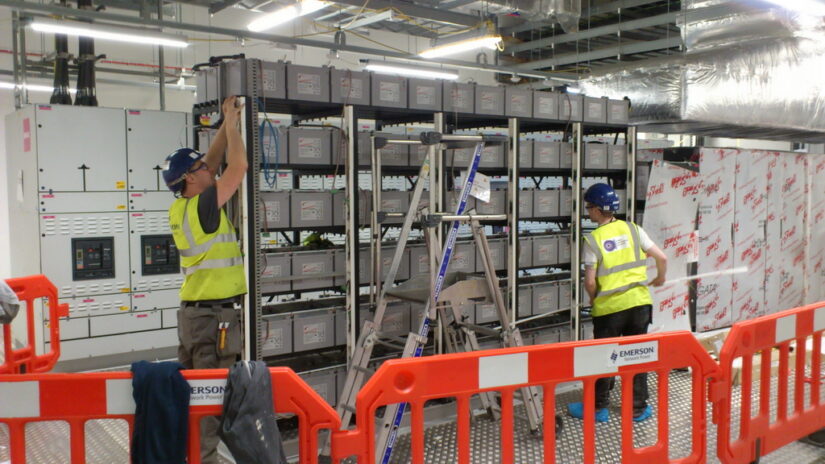The primary requirement for a Battery Monitoring System is safety. First, the system could not pose any hazard to a person coming in touch with any parts of it. Second, a short-circuit must not result in heat release or spark formation. Batscan complies with these requirements due to the fact that all connections to batteries are done through high value resistors which limits short-circuit current to less than 1mA.
-
There are several reasons for using a protective resistor:
- Rules and engineering practice states that electrical wires must be dimensioned to support the highest possible short-circuit current derived from the source they are connected to.
- In a room full of batteries the environment is corrosive. Sooner or later this will affect connecting cables.
- It is unreasonable assuming any Battery Monitoring System is never replaced or modified.
- Therefore it should never be hazardous to touch any part of the system.
Although small, there is always a risk that a cable is touched by a closing link with a different potential. With the protective resistor there is no hazard. However, without a protective resistor a short-circuit will immediately burn up the cable. This could start the automatic fire-control system or in the worst case this could lead to an explosion.
Out of all the requirements one can have on a Battery Monitoring System the protective resistor has to be number one. After all, it is far more important that the system is safe than anything else. The Battery Monitoring System is a secondary function which should not jeopardize the battery’s primary function or safety.

Comments are closed